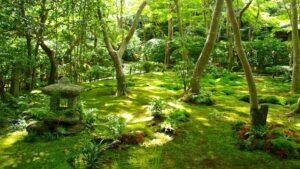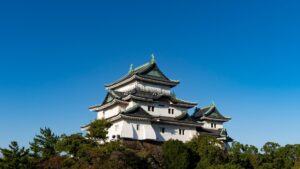The Legacy of Toshodaiji Temple: Ganjin’s Epic Voyage to Japan
Toshodaiji Temple, a UNESCO World Heritage Site, was founded by Ganjin or Jianzhen (668-763, 鑑真) in 759 as a center for Buddhist training when Asuka (present-day Nara) was Japan’s capital. In 733, during the reign of the 45th Emperor Shomu (701-756, 聖武天皇), two young Japanese monks named Yoei and Fusho embarked on a mission to the Tang Dynasty to seek a mentor capable of propagating Buddhism in Japan. This expedition occurred amidst societal challenges, including natural disasters like earthquakes, severe famines, smallpox outbreaks, and multiple uprisings in northern Japan. Emperor Shomu aimed to quell the social unrest by embracing the ideology of Chingo-Kokka, which sought to stabilize the nation through the power of Buddha. Consequently, he issued an imperial order to construct the Great Buddha in Todaiji Temple. However, Japan lacked priests possessing the authority to impart Buddhist precepts, creating a significant challenge in this endeavor.
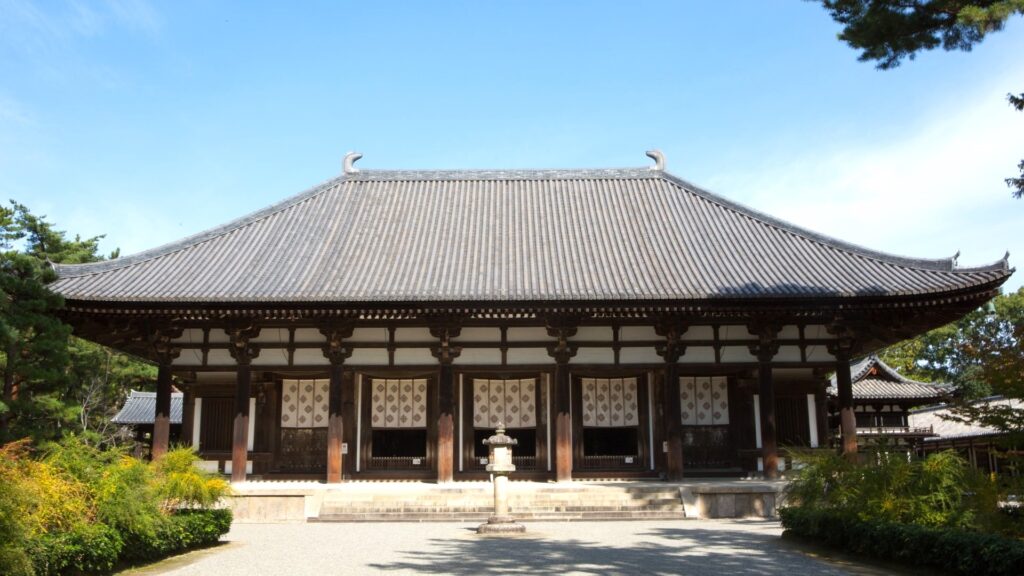
Ganjin's Arduous Journey to Japan
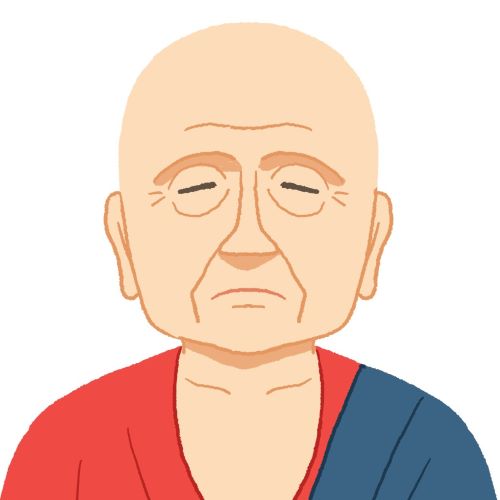
After an intense search spanning nearly a decade, Yoei and Fusho finally encountered the esteemed priest, Ganjin. Witnessing Japan’s fervent aspiration under Emperor Shomu to stabilize the nation with the power of Buddhism, Ganjin was well impressed and accepted their request to relocate to Japan. Subsequently, at the age of 55, Ganjin relinquished his position as a high priest and left for Japan. However, he tragically lost his eyesight as a result of the numerous hardships during his sixth voyage. In 753, he finally arrived in Japan.
In 743, at the age of 55, Ganjin faced his initial challenge. His attempt to journey to Japan was hindered when his disciple, apprehensive about his relocation, betrayed him to the port authorities that the Japanese priests were pirates. This misinformation led to the arrest and imprisonment of Yoei and Fusho for four months.
In 744, at the age of 56, they encountered their second trial. A fierce blizzard shipwrecked their boats. Adding to the turmoil, Yoei found himself arrested once more, leading to several months behind bars. Their attempt to alter their departure port from Yangzhou along the Yangtze River to Fuzhou was thwarted when Ganjin was arrested and compelled to return to Yangzhou. Yoei and Fusho, in response, fled to hide in an inland area.
In 748, at the age of 60, they confronted their fifth trial. After a superstorm shipwrecked their boats, they drifted for nearly six months to the vicinity of Hainan Island. Tragically, Yoei succumbed to an illness caused by the intense heat he endured, while Ganjin was blinded. Fusho, overwhelmed by despair, parted ways with Ganjin at a temple. Despite this, Ganjin maintained his initial vow to journey to Japan.
Ganjin Finally Reached Japan and Bestowed the Precepts at Todaiji
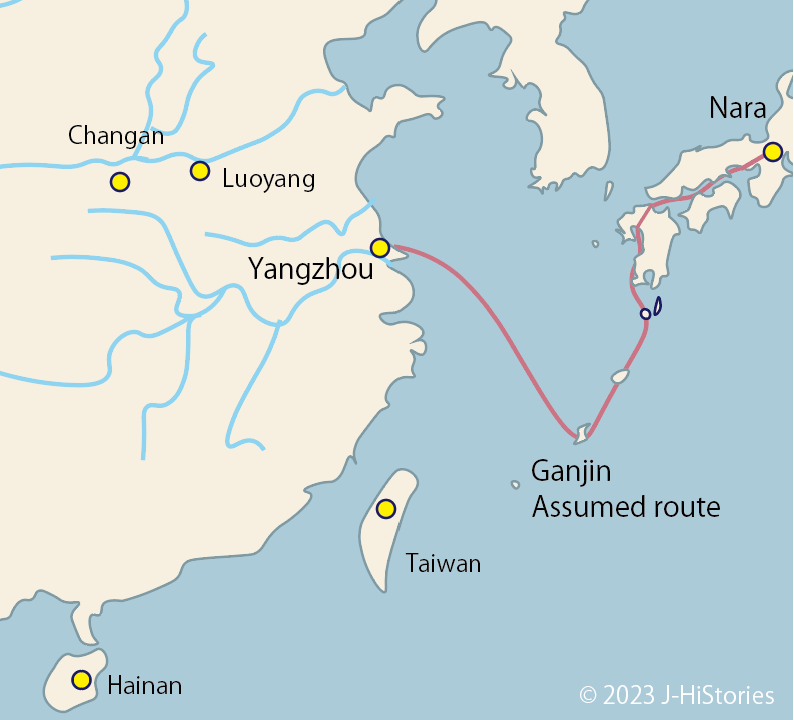
In 753, at the age of 65, the four Japanese ships embarked on missions to the Tang Dynasty, carrying 600 members, and arrived at the port of Tang for the first time in 20 years. Ganjin and his five disciples were hidden clandestinely on the ships. Despite the vigilant watch of Tang authorities, this arrangement was facilitated by a Japanese associate minister. After enduring eleven years of setbacks during their journey, they finally arrived in Japan on December 20th. Following this, Ganjin established kaidan, an ordination platform, within the Great Buddha Hall in the Todaiji Temple. He conferred the Bosatsu-kai (the Bosatsu precepts) upon 430 individuals, including Emperor Shomu, the Empress, numerous priests, and nuns.
The Awe-Inspiring Wall Paintings
In commemoration of the 1200th anniversary of Ganjin’s passing, Toshodaiji Temple constructed the Meay-do Hall to honor Ganjin’s legacy in 1964. This hall houses Ganjin’s revered statue, recognized as the oldest masterpiece among Japanese wooden statues. The renowned painter, Higashiyama Kaii (東山魁夷), crafted the wall paintings, featuring masterpieces like "Sea of Waves (濤声)" and "Mountain Clouds (山雲)," that adorn 68 sliding doors. Visitors are invited to see the authentic essence of Japanese beauty and spirituality devoted to Ganjin, a figure of profound influence in Japanese Buddhism. Notably, Ganjin’s teachings played a pivotal role in the life of the esteemed priest, Saicho(767-822, 最澄), who gained enlightenment and established the Tendai sect, founding the Enryakuji Temple on Mt.Hiei close to Kyoto. Experience the serene spirituality at Toshodaiji Temple by encountering Ganjin's lifelike wooden statue. Immerse yourself in spirituality by admiring the awe-inspiring wall painting crafted by Higashiyama Kaii, a masterpiece unveiled to the public for only a few days around June 6th annually, commemorating Ganjin’s passing into nirvana.
Ganjin's Timeline
| Ganjin | Period | ||
| 688 | Ganjin was born in Yangzhou in Tang Dynasty | Age =1 | Asuka |
| 701 | Emperor Shomu was born | 14 | |
| 710 | Relocation of the capital to Heijo-kyo in Nara from Asuka | 23 | Nara |
| 742 | Ganjin was requested to relocate to Japan | 55 | |
| 743 | Todaiji Great Buddha construction started till 752 | 56 | |
| 744 | Ganjin failed to travel to Japan due to a blizzard wind | 57 | |
| 748 | Ganjin's boat was drifted to the vicinity of Hainan Island | 60 | |
| 749 | Emperor Shomu abdicated from the throne | 62 | |
| 753 | Ganjin left the Tang Dynasty and finally arrived in Japan | 66 | |
| 754 | Ganjin conferred the Bosatsu precepts upon Emperor Shomu and others | 67 | |
| 755 | Ganjin established Kaidan, an ordination platform, at Todaiji Temple | 68 | |
| 756 | The retired Emperor Shomu passed away | 69 | |
| 759 | Ganjin established Toshodaiji Temple | 72 | |
| 763 | Ganjin passed away | 76 | |
| 785 | Saicho received religious precepts at Todaiji | - |
Recommendations to visit
Toshodaiji Temple
- Access: 20 minutes from Kintetsu Nara Station. Take the Nara line bound for "Kobe Sannomiya (神戸三宮)” and transfer to the train at Kashiwara Jingu Station (樫原神宮) on the Kashiwara Line, then get off the train at Nishino Kyo (西ノ京), then a several-minute walk.
Todaiji Temple
- Access: 10 min from JR or Kintetsu Nara Station. Take bus #77 bound for Kasugataisha Honden (春日大社本殿). Get off at Todaiji Daibutsuden (東大寺大仏殿) bus stop

